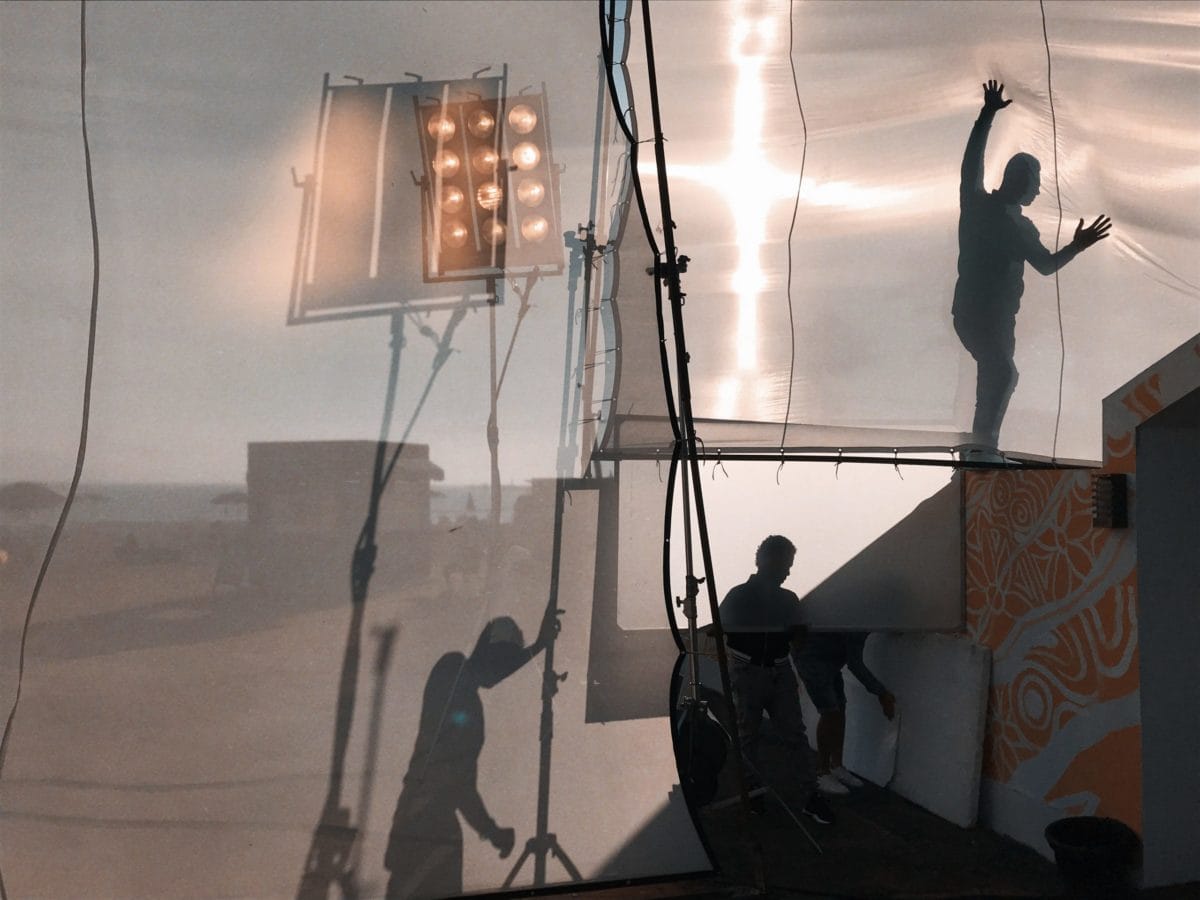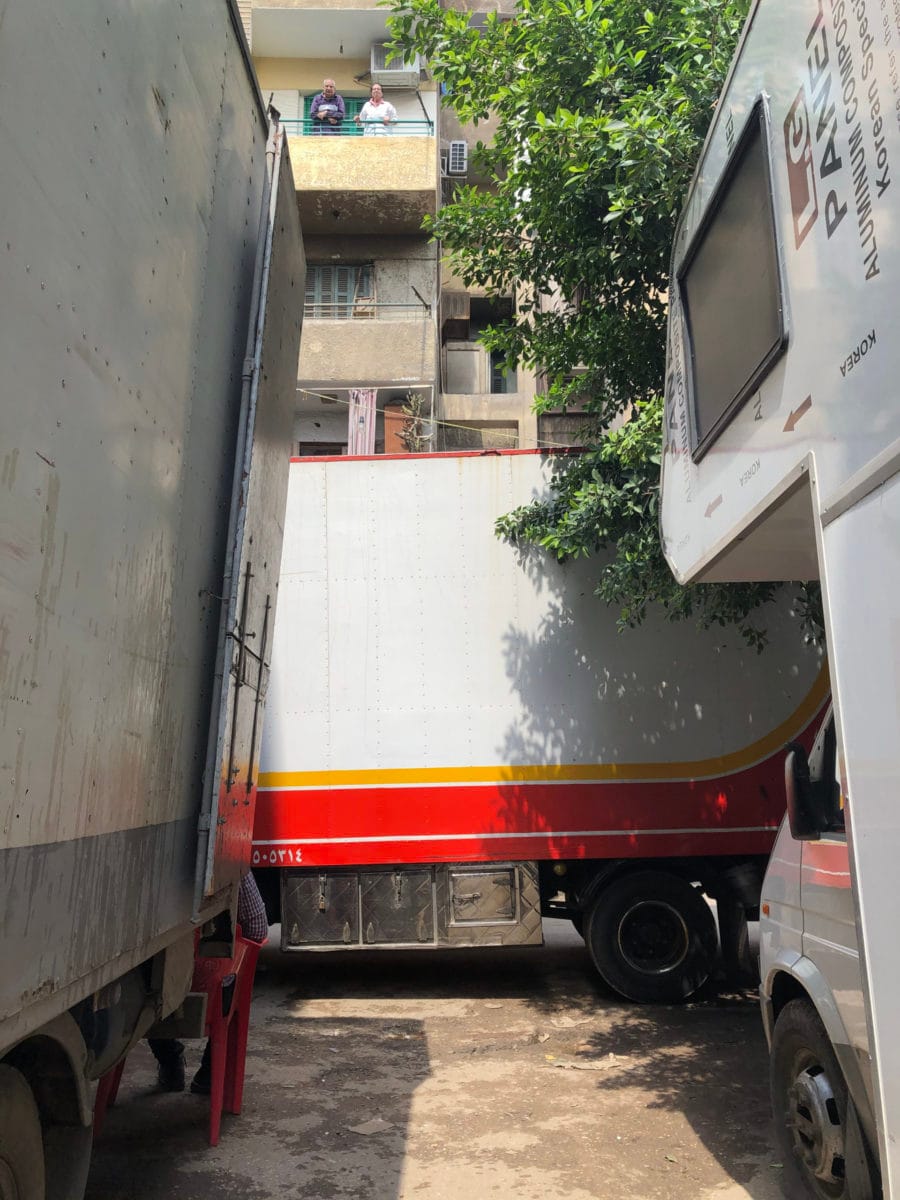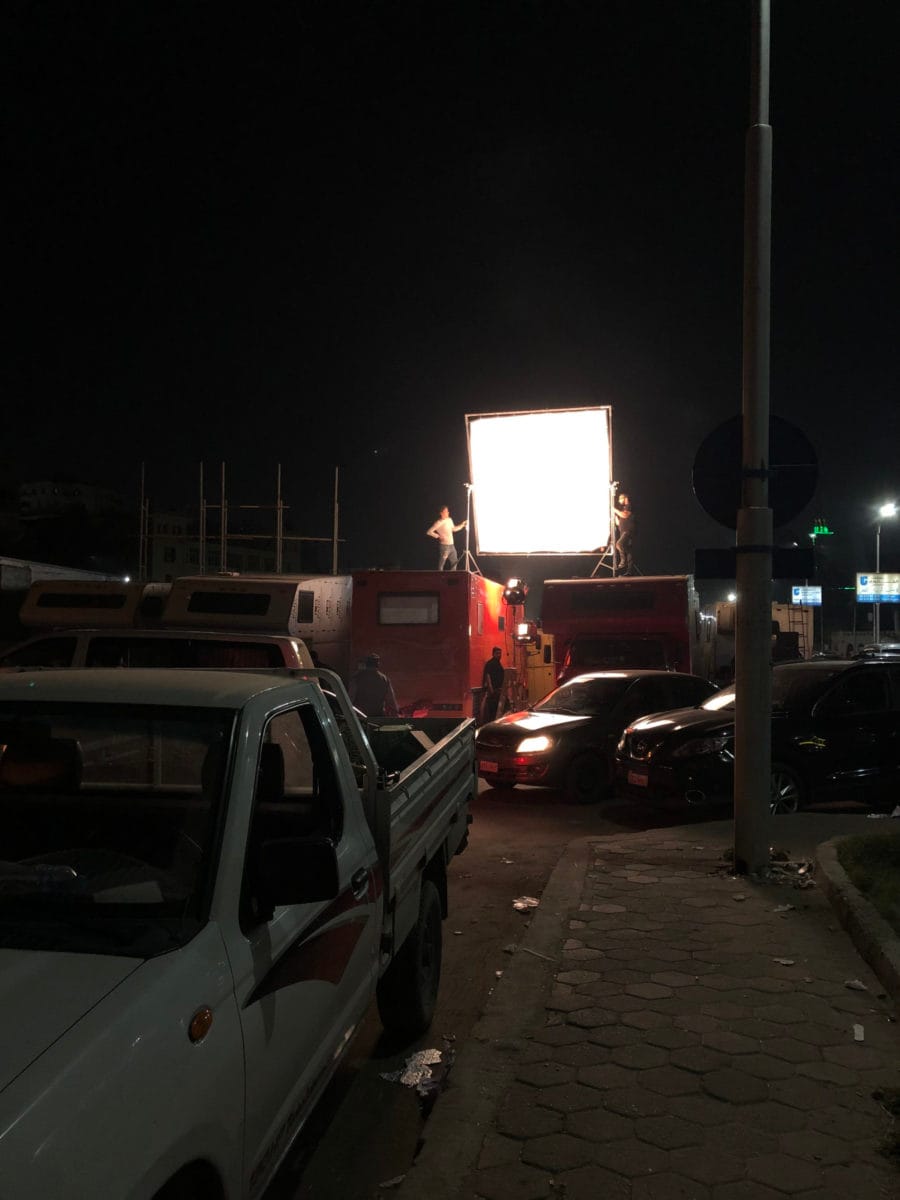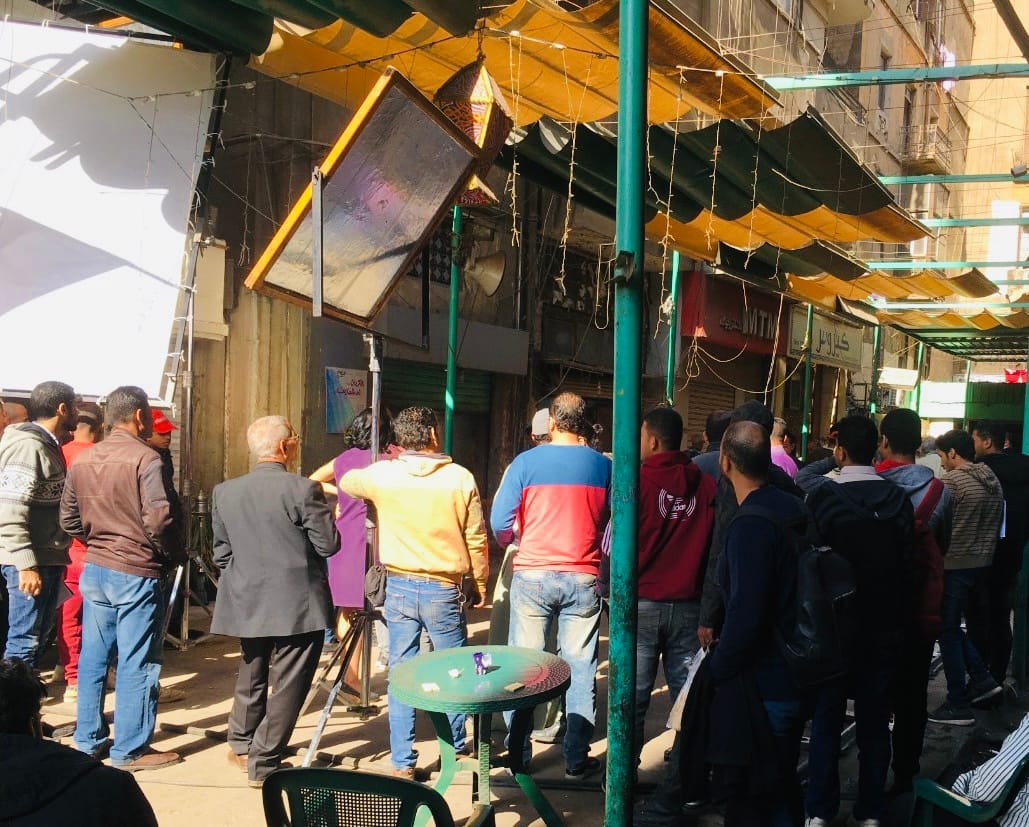Rethinking Informal Labor Through the Lens of Film Production in Cairo
Many movies, television shows and advertisements film on location in the busy and crowded streets of Cairo. Mariz Kelada explains with ethnographic detail the complex and multilayered work of production assistants, fixers and sub-fixers to create the right conditions and relationships for filming in














